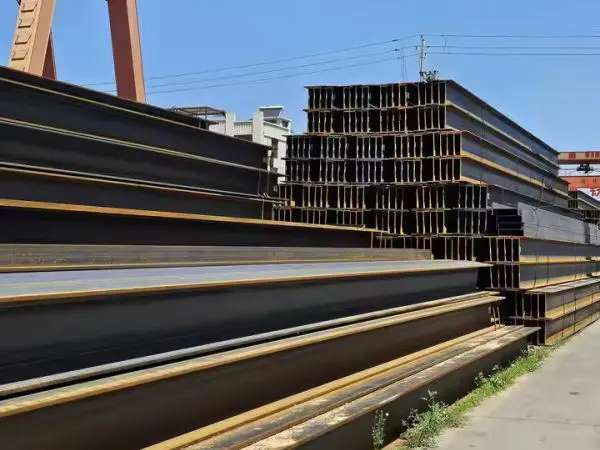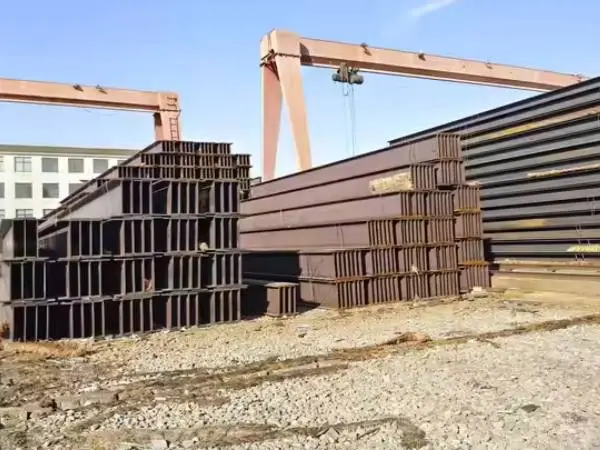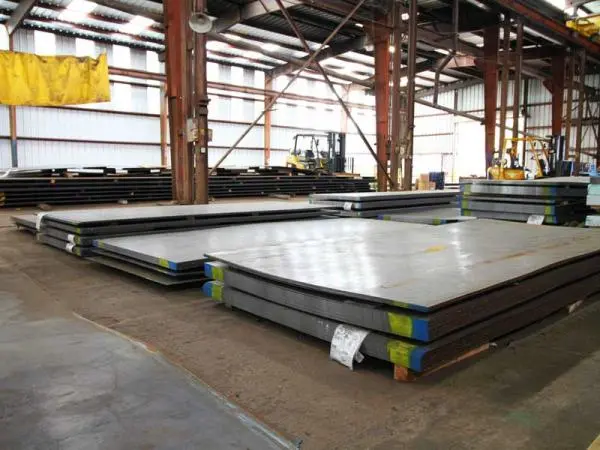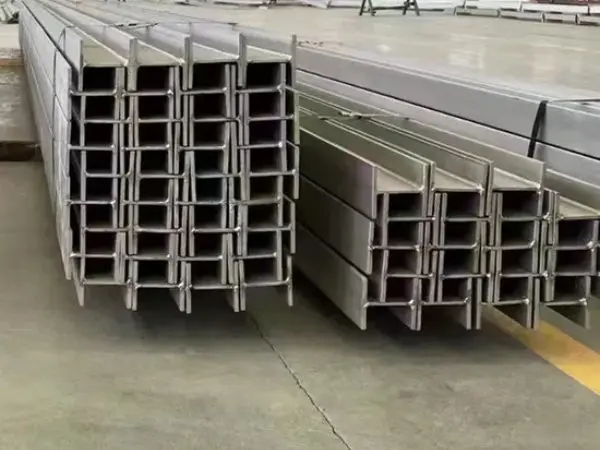- Phone0086 731 8564 8255
- E-mailsales@cscsteel-manufacturing.com
-

The efficacy of an ERW (Electric Resistance Welding) pipe joint is expressed as the proportion of the weld's strength to the pipe material's inherent strength, serving as a pivotal metric for the structural soundness and design of welded pipe networks.
Joint efficiency is typically gauged against benchmarks set by regulatory bodies such as ASME (American Society of Mechanical Engineers) or API (American Petroleum Institute). The efficiency rating for ERW joints can differ based on whether they are treated as seamless or have undergone radiographic scrutiny. Here are some standard joint efficiency values:
E=1.0 for seamless pipes or those with a full radiographic inspection.
E=0.85 for ERW pipes not fully radiographed but cleared by specific NDE (Non-Destructive Examination) techniques.
E=0.70 for uninspected ERW pipes, depending on the standard and application.
Factors Influencing the ERW Joint Efficiency:
Material Selection: The choice of materials for the weld joint significantly impacts its efficiency. Characteristics such as strength, ductility, and compatibility with the welding material affect the weld's integrity. Selecting appropriate base and filler materials enhances the weld's strength and toughness, thus increasing its efficiency.
Welding Process: The welding procedure is critical to the weld's efficiency. Optimal techniques ensure weld quality and, consequently, its efficiency. This involves choosing the right parameters like current, velocity, and temperature, as well as the proper use of welding equipment.
Quality Control: Ensuring weld quality is essential for maintaining efficiency. Defects like pores and cracks diminish the weld's quality. Effective control measures such as pre-weld cleaning, shielding during welding, and post-weld inspection are vital for weld integrity.
Calculation of the ERW Joint Efficiency:
Definition: The joint efficiency is the ratio of a weld's actual strength to that of an ideal, or standard, weld. The latter's strength is determined by the properties of the welding and base materials.
Formula: Joint efficiency is calculated as the actual weld strength divided by the standard weld strength.
Evaluation: The criteria for evaluating joint efficiency can vary but generally, a value above 1 indicates greater strength than the standard, and below 1 indicates less.
Applications of Joint Efficiency:
Structural Engineering: Joint efficiency assessments are crucial for determining the weld's strength and reliability, ensuring structural safety.
Pipeline Engineering: Weld quality directly impacts pipeline safety. Evaluating joint efficiency helps select proper welding processes and materials, enhancing pipeline reliability.
Container Engineering: For containers holding fluids or gases, weld quality is paramount. Calculating joint efficiency ensures container strength and seal, potentially extending service life.




